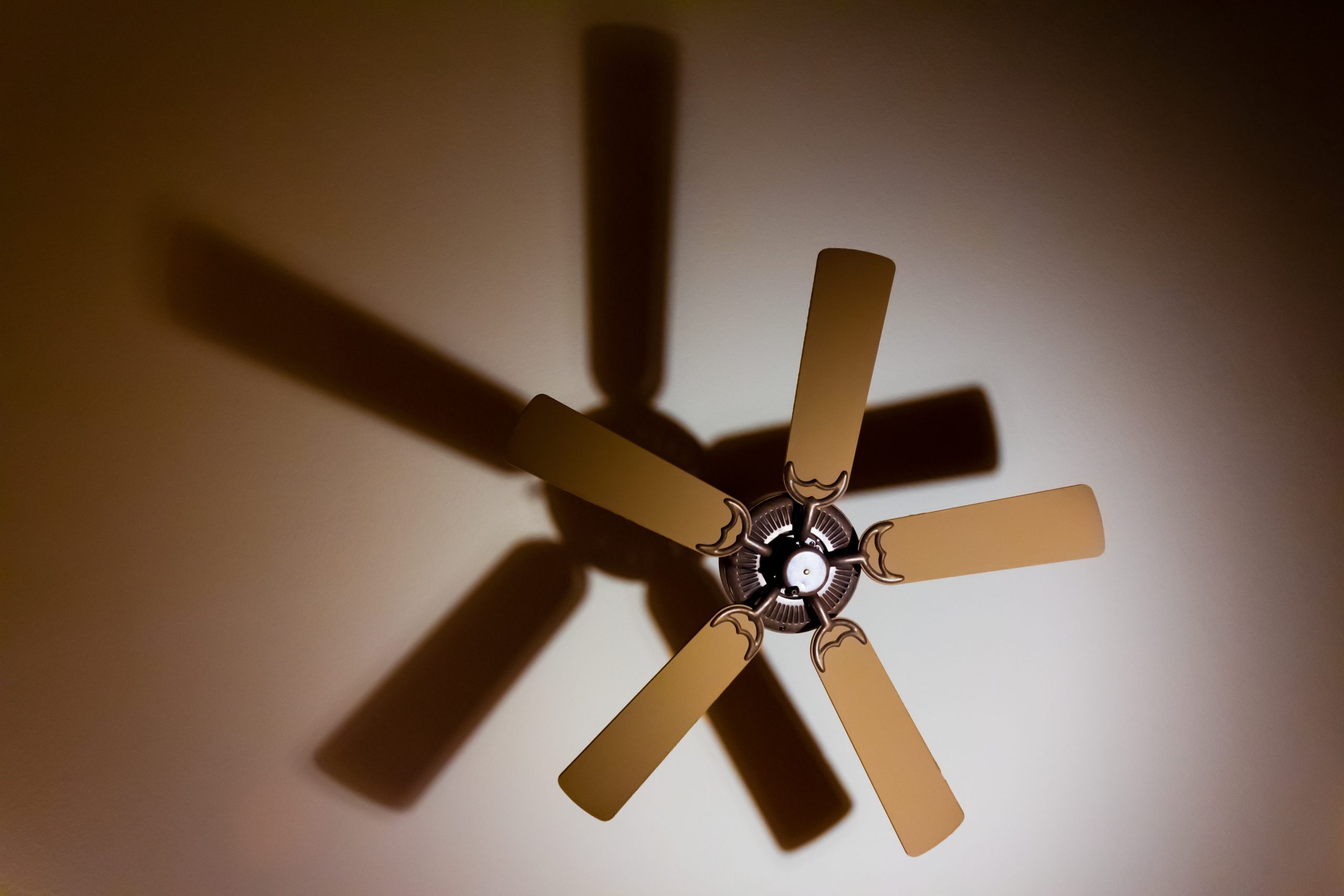
It’s late summer, and across the Bay Area, the heat has been building, prompting many residents to turn on their air conditioning – if they have it. A lot of housing built along the West Coast didn’t consider the possibility of American Southwest-level heat, much less the Middle East-level heat that we’ll be facing within the next century.
Knowing that climate change is responsible for warmer summers, it seems counterproductive to add more and more air conditioners powered by energy from fossil fuels to keep us cool — and many residents don’t have the resources to spend on air conditioners at all — but what other recourse do we have to keep homes livable in an increasingly hotter Bay Area?
Like so many other adaptations to climate change, the solutions are progressive, from small adjustments to major and potentially costly changes, and involve different time frames.
Currently, in some cooler microclimates within the Bay Area, even an event like the recent “heat dome” may be manageable without air conditioning, using techniques borrowed from hotter parts of the world – fans, shades or awnings to cut solar gain from windows, cool drinks, sprays of cool mist, and shifting cooking to cooler hours or outdoors. Some homes may benefit from cross ventilation between windows as soon as temperatures drop after dusk.
Some of the oldest homes in Bay Area cities have very high ceilings that are ideal for ceiling fans, because they trap warmer air at the top of the room and circulate air closer to people, but these fans are good additions to any home. Adding lattices or shutters allows windows to be open for ventilation, but still shaded. A newer technology available to homeowners is solar screens, a coating applied directly to windows that excludes heat while admitting light. Outdoor plantings can also contribute shade and a cooler spot for time outdoors.

Photo: Jason Anderson
In warmer inland parts of the region, many households already use either central air conditioning or add-on window units, but there are changes which can be made to a home which reduce the need for it. A programmable thermostat is an easy and affordable starting point. Others include installing a whole-house fan to draw cooler air up and out through the attic area, adding insulation and roof vents or roof fans to keep hot air from accumulating and heating living space, and painting roofs white to reflect sunlight. Employing some of the lower-tech cooling strategies also helps to make spaces livable with a higher thermostat setting.
Using air-conditioning sparingly will minimize the climate impacts. An additional advantage to adopting many of these changes is a decrease in home energy use that lowers bills. Many of the low-tech cooling ideas are also low-cost, but adding structural changes or a new whole-house cooling unit can be expensive. Because of the potential for energy savings, there are some incentive programs that can help. PG&E and clean-energy utility companies offer incentives for some projects. For low-income families, some cooling costs may qualify for financial assistance from LIHEAP, the Low-Income Home Energy Assistance Program.
Climate change could alter the weather patterns that give the region its natural air conditioning in the form of summer fog, or — as meteorologists say — the “marine layer”. As summers get hotter, anyone planning to use air conditioning should be looking at how efficient, and climate-friendly, those air conditioners are. Newer units use more climate-friendly refrigerants. Along with energy efficiency and changes in building design, improved refrigerants were named in a 2018 Economist article as a key component to breaking the cycle of air conditioning creating increasing temperatures that demand more air conditioning.
BayREN Codes and Standards Program Manager Karen Kristiansson wrote in an email, “There are currently no requirements for air conditioning in new homes. However, if people do install air conditioning, there are efficiency requirements that must be met. The minimum efficiency requirements in California align with federal requirements, which are changing starting next year.”

Photo: Max Smith
Heat pumps, used for both cooling and heating, are more sustainable alternatives to central air conditioning that are now becoming common in the Bay Area; more innovative options include geothermal units which draw on cooler underground temperatures. Incentives are also available for these appliances.
Ideally, every home in the Bay Area would have sustainable cooling to meet the coming heat. Of course, that’s not the case, and the result is not just high energy use or a comfort problem, but a public health issue. The body can’t function well when it is continually too hot, and to stay healthy in very hot weather, it needs some “chill time”. Often this is at night when temperatures drop, but if homes are staying hot around the clock, the alternative is to find a cool place outside the home. According to the CDC, “Those who adjust their behavior to include spending time in a cool place during a heat wave are less likely to suffer from heat wave mortality.”
Heading for the pool or beach is traditional, but not always possible. For some employees, a cool workplace may be the answer. Alternatively, cooling centers are becoming more established in many Bay Area communities, in libraries and community centers, some of which stay open longer hours in heat emergencies. Unofficial cooling spots, where air conditioning is already in use and the spaces are publicly accessible, may also help, whether they’re in an enclosed mall or public office lobby.
Maximizing the use of existing air conditioning by “sharing the cool” is an efficient use of the energy needed for cooling those spaces, and public agencies will need to identify more such options for communities. Multi-purpose community resilience centers with back-up power for outages, like the one proposed for Oakland’s Lincoln Recreation Center, may become a standard way for residents to cope when home air-conditioning isn’t enough of an answer.
Top Photo: Kids cooling off by playing in a sprinkler, by Mick Haupt. (Editor’s Note: This photo was taken in Florida, but we couldn’t resist the SF Giants World Champions t-shirt. California is in a drought and we don’t condone using sprinklers to keep cool. Maybe the picture has a vicarious cooling effect?)

